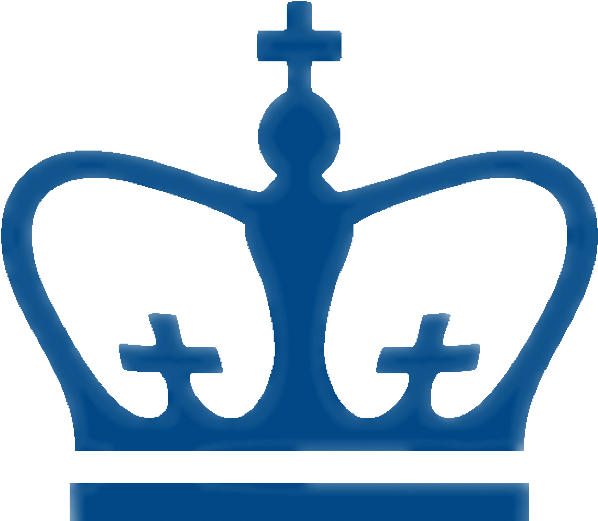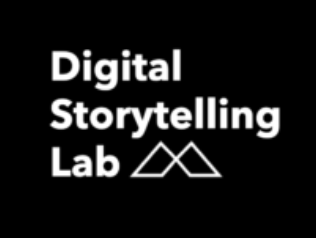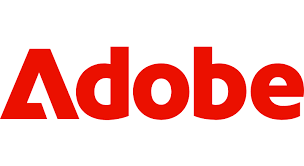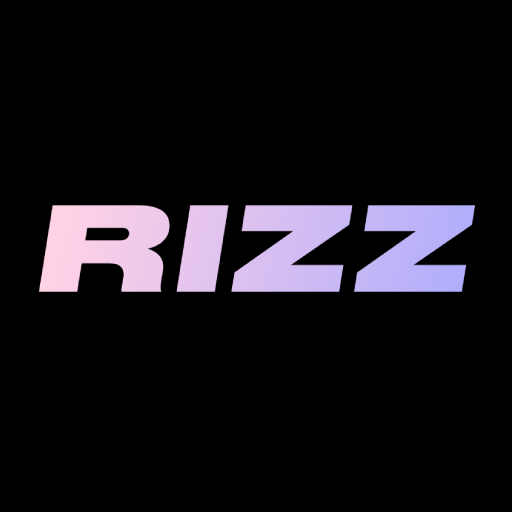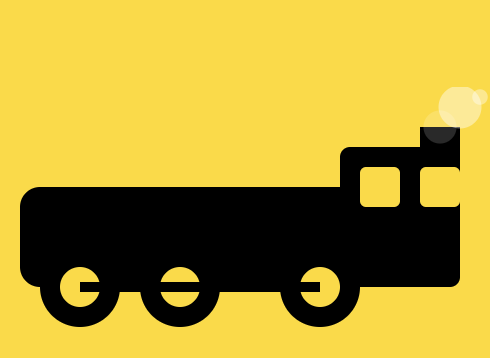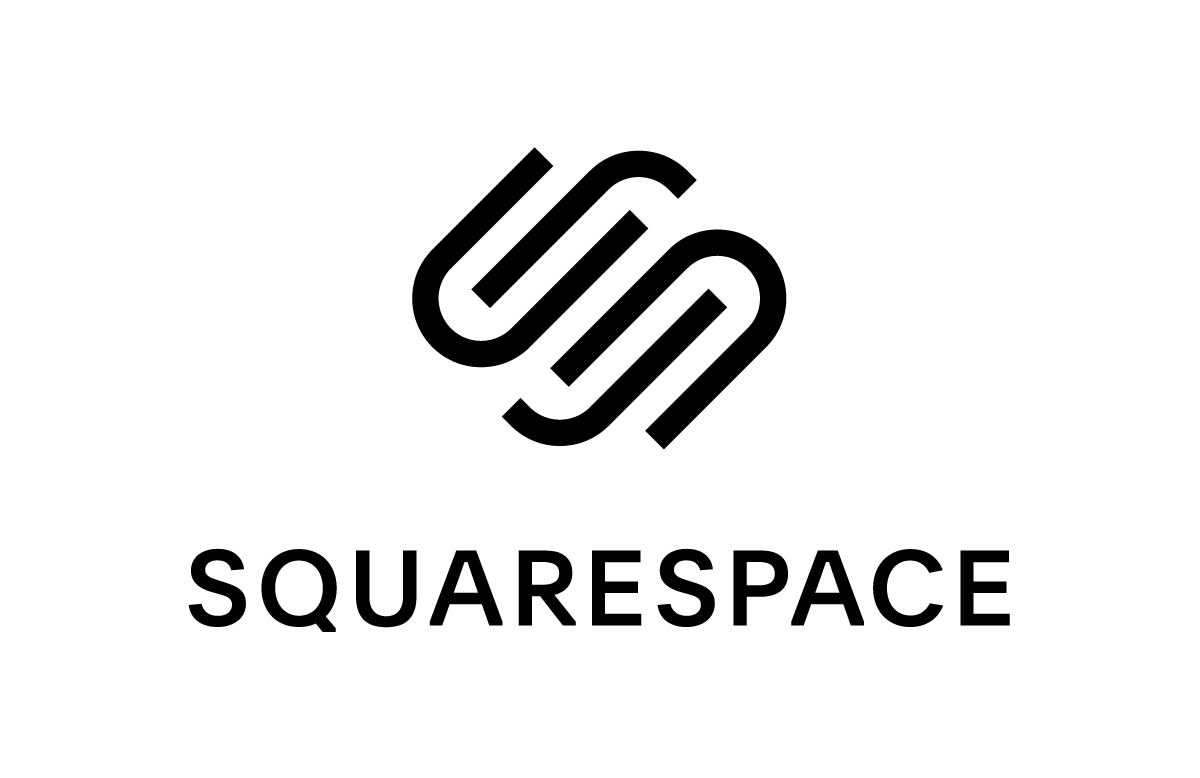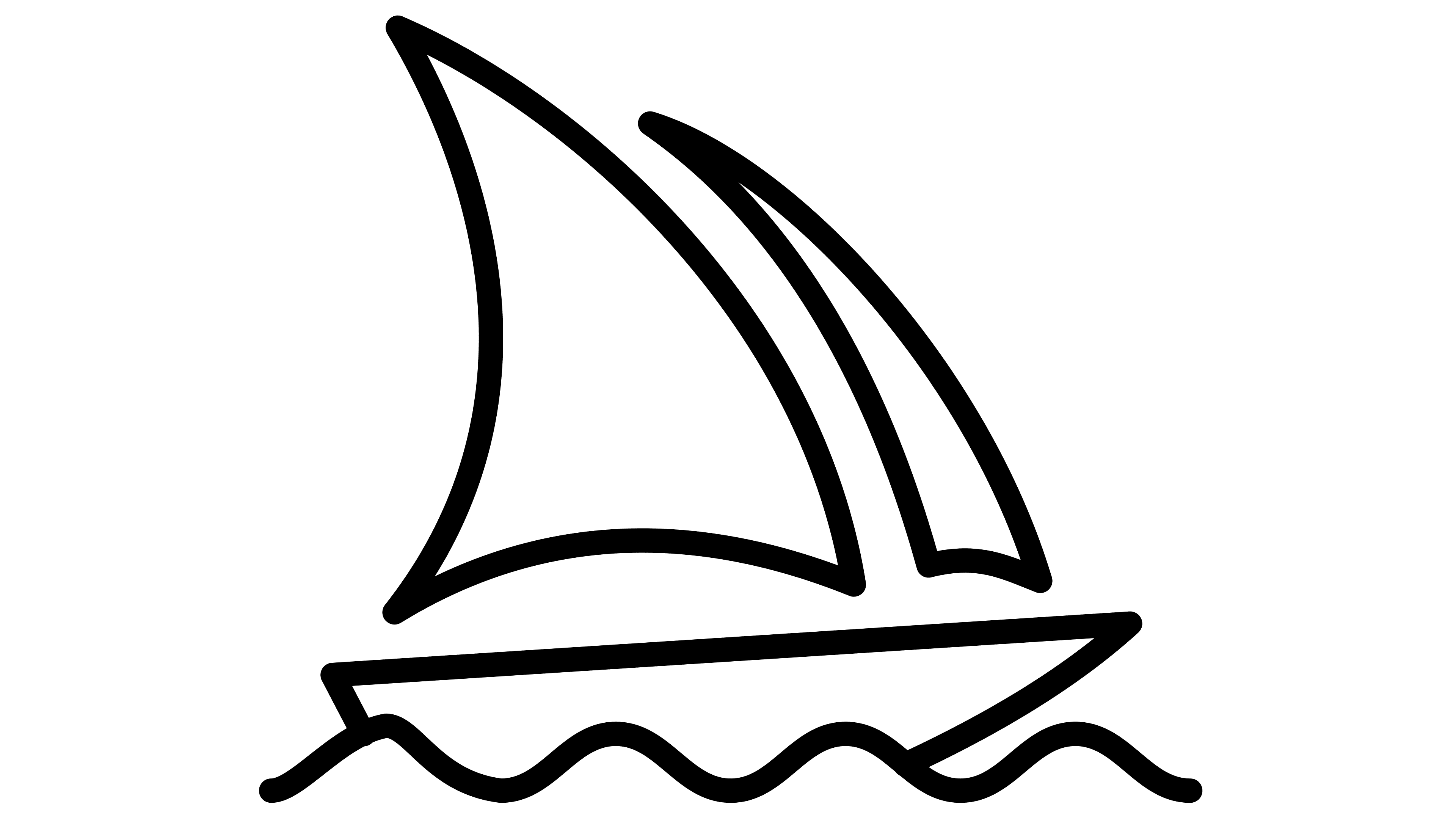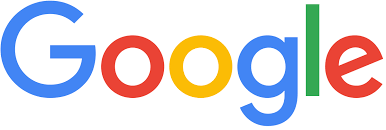Interested in joining?
If you're interested in the class, please fill out
this form
Also, get on the waitlist for COMS 3998 sec 60. Or COMS 4901 sec 60 - it's the same class, just with different numbers.
The class will meet Wednesdays from 3-6pm in CSB 453.
Prof. Lydia Chilton is the instructor of record for this class. She administers the course, and gives academic credit to students. However, she is not "the instructor" of this course, she is one of many partners who will engage in creation, critique, and discussion alongside the students..
Send questions or bureaucratic matters to: Prof. Lydia Chilton - chilton@cs.columbia.edu



